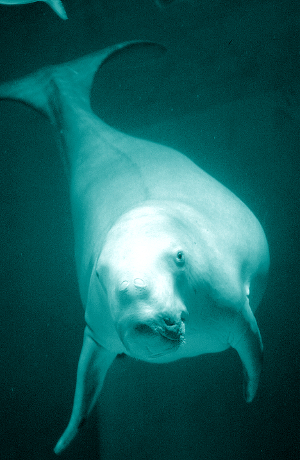Keys to keeping vital seagrass
 Queensland researchers have developed new tools to help manage seagrass survival.
Queensland researchers have developed new tools to help manage seagrass survival.
The new statistical toolbox is designed to help avoid the loss of seagrass, which provides shelter, food and oxygen to fish and at-risk species like dugongs and green turtles.
The QUT-led study describes key monitoring and management designs to maximise seagrass resilience to human activities, to better inform seagrass dredging operations and development of coastal areas.
“Real world ecosystems like seagrasses are dynamic and ever changing,” statistical data researcher Dr Paul Wu said.
“Successful implementation of any seagrass management plan requires effective, efficient and timely monitoring and adaptation to changing circumstances.”
Through statistical modelling, researchers can mimic and predict what is happening in real time and predict what is going to happen on the seabed.
In 2017, Dr Wu led a study into predicting when coastal dredging was least likely to stress seagrass by pinpointing ‘ecological windows’ for timing of dredging operations in ports.
It predicted ahead of time how much repeated stress was too much, to allow for better planning of dredge operations.
Dr Wu’s latest research builds on the previous study by providing the mathematical analysis to extract details from complex data and models about how to best implement an environmental management plan for seagrass.
He said the key monitoring and management design could also be applied to any ecosystem model and management scenario, such as coral under climate change.
“Managers of ports and coastal development areas can use the tools we’ve developed, to take something very complex and distil from it answers to key questions like ‘what variables should I keep an eye on and how often’?”
The study included analysis of 3024 scenarios with 75 influential variables on seagrass survival including genus, location type, light, growth and seed.







 Print
Print